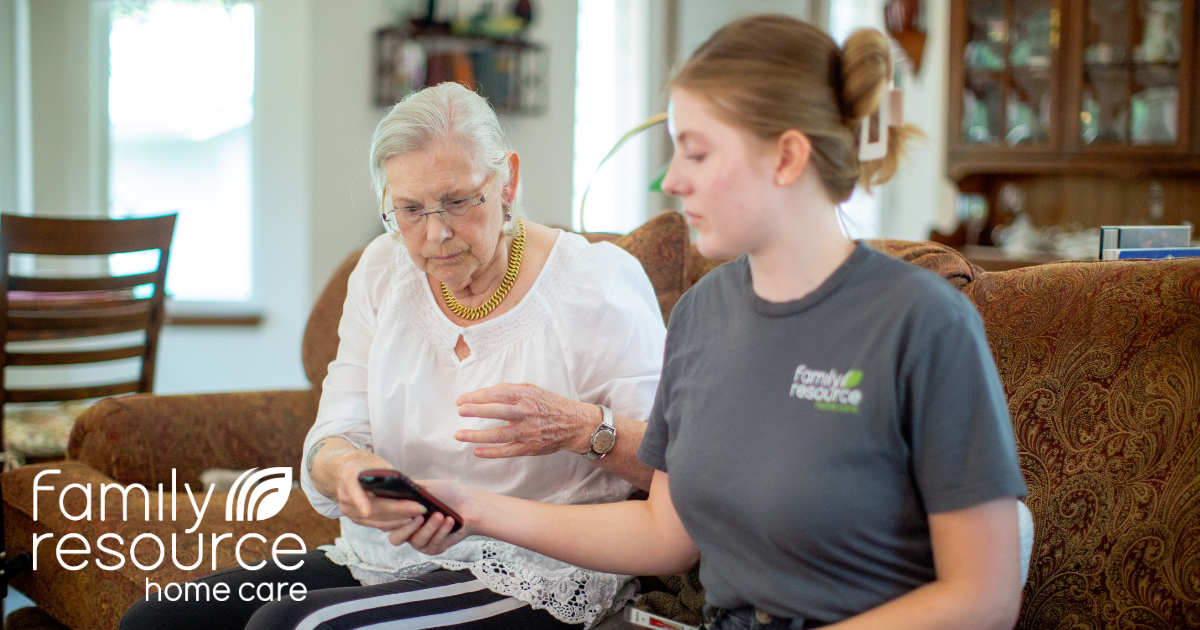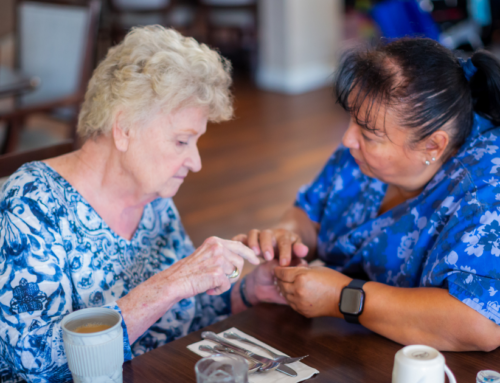Caring for someone with dementia presents unique challenges, and one of the more difficult symptoms that can emerge is sundowning. Sundowning is a condition commonly associated with Alzheimer’s disease and other forms of dementia, in which symptoms like confusion, anxiety, agitation, or restlessness become more pronounced during the late afternoon and evening. Recognizing the signs of sundowning and understanding how to manage it are critical aspects of dementia care.
What Is Sundowning?
Sundowning refers to a pattern of increased confusion and behavioral issues in individuals with dementia during the later part of the day. While the exact cause is not fully understood, it is believed that changes in light and the body’s internal clock may contribute to the worsening symptoms. These symptoms can include:
- Confusion and disorientation: The individual may not recognize their surroundings or familiar people.
- Agitation and irritability: They may become easily upset or anxious, sometimes without a clear trigger.
- Restlessness or pacing: Individuals might move around frequently, wandering or attempting to leave their homes.
- Mood swings: Increased anxiety, depression, or even aggressive behaviors can occur.
- Hallucinations: Some may see or hear things that aren’t present.
- Sleep disturbances: Sundowning can disrupt the sleep-wake cycle, making it difficult for individuals to sleep at night, leading to fatigue the next day.
Recognizing the Signs
Sundowning can look different from person to person, but certain patterns tend to emerge:
- Time of Day: If you notice that your loved one becomes more confused, anxious, or agitated in the late afternoon or early evening, it’s a key indicator of sundowning.
- Increased Fatigue: Those experiencing sundowning often seem more tired or overwhelmed as the day progresses, possibly due to mental or physical exhaustion.
- Changes in Routine: Significant deviations from their normal schedule, like skipping meals or missing activities, may exacerbate the symptoms.
- Altered Sleep Patterns: Sundowning can lead to difficulty falling asleep or staying asleep, sometimes resulting in nighttime wandering or pacing.
Managing Sundowning Symptoms
For caregivers, managing sundowning can be challenging, but several strategies can help ease the symptoms:
- Create a Calming Environment: Keep the environment well-lit in the late afternoon and evening to reduce shadows, which can be disorienting. Try to minimize noise and distractions that could aggravate anxiety or confusion.
- Maintain a Routine: Structure can provide comfort to dementia patients. Keeping consistent daily routines for meals, activities, and bedtime can help reduce confusion.
- Encourage Daytime Activity: Gentle exercises or walks during the day can help reduce restlessness and may improve sleep at night.
- Reduce Stimulants: Limit caffeine and sugar in the afternoon, as these can contribute to increased agitation.
- Consider Light Therapy: In our blog, “The Role of In Home Caregivers in Managing Alzheimer’s Progression with Light Therapy”, we discuss how light therapy can be an effective tool in managing sundowning symptoms. Exposure to bright light, particularly in the morning, helps regulate the body’s circadian rhythm, reducing confusion later in the day. This can also improve sleep patterns and decrease agitation.
- Provide Reassurance: As a caregiver, remaining calm and offering gentle reassurance can significantly help reduce anxiety in a loved one experiencing sundowning. Simple phrases, a calming presence, or even physical comfort, like holding hands, can make a difference.
When to Seek Help
If you notice that the symptoms of sundowning are worsening or becoming unmanageable, it might be time to reach out for additional support. In-home caregivers can offer respite, and specialized dementia care, and provide expert management strategies that can ease both your loved one’s symptoms and your caregiving load.
Conclusion
Sundowning can be a challenging symptom to manage, but with patience and the right strategies, caregivers can help reduce its impact. By recognizing patterns, creating a structured and calming environment, and exploring options like light therapy, you can improve the quality of life for both the individual with dementia and their caregivers. If you find that managing sundowning is becoming overwhelming, we are here to help. With over 30 locations across Washington, Oregon, and Idaho, including in Bellingham, Washington, our team is ready to provide the support and expertise you need to ensure your loved one receives the best care possible. Reach out to us whenever you need additional help—our caregivers are here to lighten your load and bring comfort to your family.
Sources:
Late-day confusion in people with dementia – Mayo Clinic
Sundowning and dementia | Alzheimer’s Society (alzheimers.org.uk)






